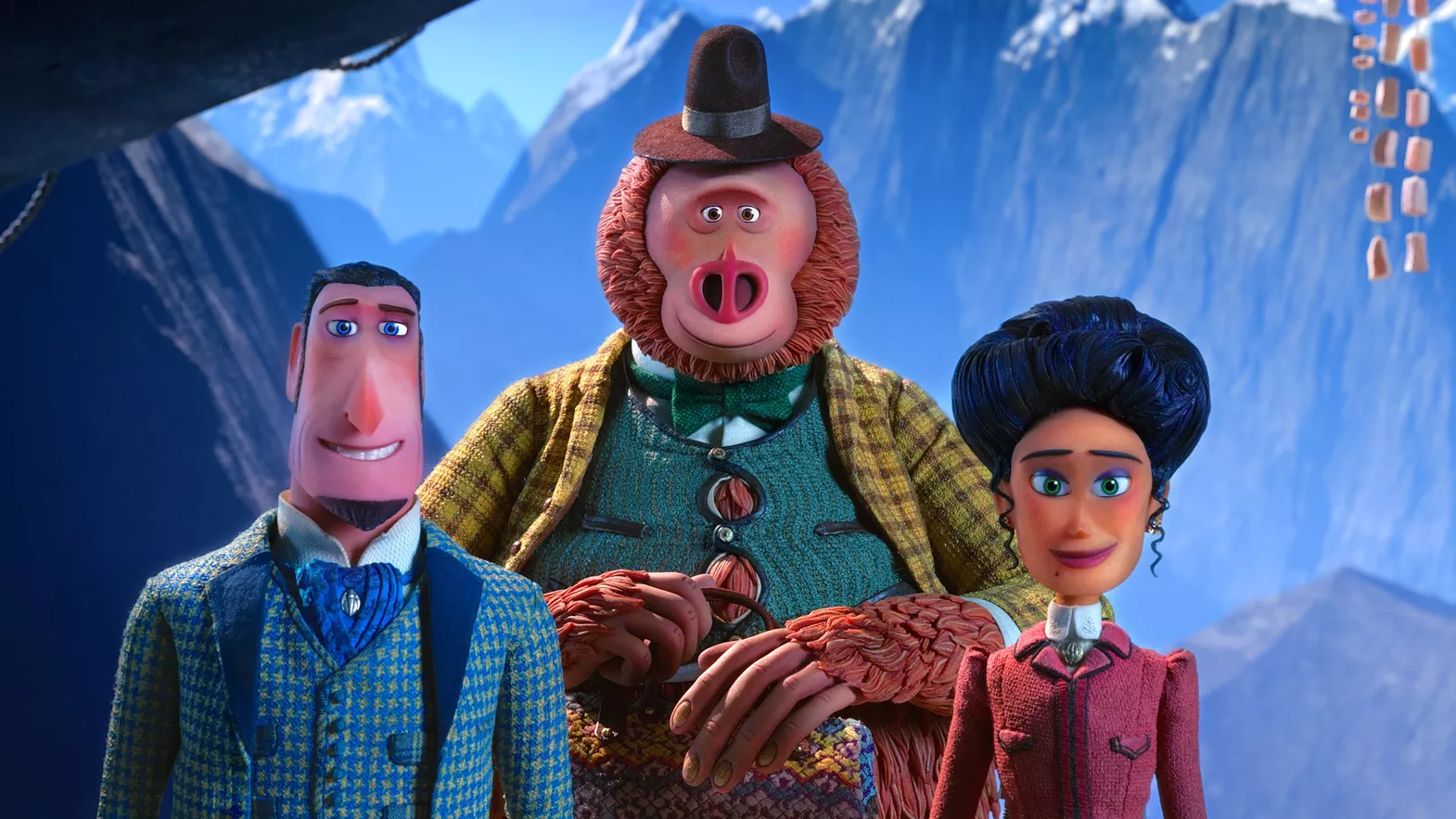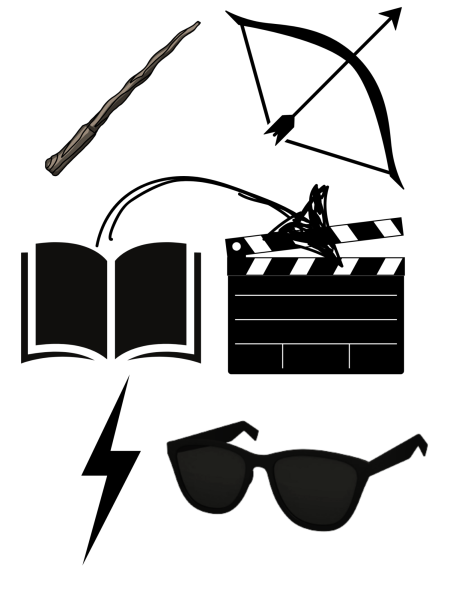‘Missing Link’: Not missing a thing

Sir Lionel Frost (Hugh Jackman), Mr. Link (Zach Galifianakis), and Adelina Fortnight (Zoe Saldana) in Missing Link. Laika Studios/Annapurna Pictures
Studio Laika made its dramatic and groundbreaking entrance into the world of animation in 2009 with “Caroline,” and even though it has only released four movies since, it has quickly become a powerhouse in the world of animation. With the release of “Missing Link,” Laika has added an astonishingly beautiful stop-motion animation movie to its pantheon.
Opening with one of the most memorable scenes in animation history in recent years, “Missing Link” presents us Sir Lionel Frost (Hugh Jackman), a refined Englishman delivered with the right hint of rugged charm, as he tries to find proof of the Loch Ness monster. Met with failure, Frost returns to London, where he is ridiculed by his heroes, the snobbish members of an adventurers’ club, and challenged to find proof of the Sasquatch.
Instead of capturing the creature, Frost befriends it and learns that it speaks perfect English. Susan (Zach Galifianakis), as it prefers to be called, asks Frost to take him to Shangri-La and reconnect Susan with his people. The near-perfect dynamic between the self-focused, grandiose Frost and the quite literal, naive Susan drives the rest of the film.
The most enjoyable moments of the movie come from the two of them getting into weird situations and misunderstanding each other. At one point, while climbing a high wall, Frost asks Susan to throw a rope over the wall, which is not something you say to someone who self-describes as “literal-minded.”
The duo travels to Santa Rosa to obtain a necessary map from Frost’s ex-girlfriend, Adelina Fortnight (Zoe Saldana). Adelina joins the duo, in what may be the only misstep for the film.
Frost and Susan have a witty and fun dynamic, but Adelina becomes a cumbersome third wheel. She is supposed to be written as a “Strong Female Character,” but she plays out like an executive decided the film needed more women. Adelina becomes trapped in the “fiery Latina” trope and jumps between a plot obstacle, a love interest and another member of the team. She wears pants and doesn’t need a man, so we’re not supposed to care that she perpetuates harmful stereotypes or that she presents Latinas as hyper-emotional and women as perpetual fun killers. Adelina’s inclusion in the film becomes even more confusing when one considers the theme of discovery and changing perspectives through friendship.
The rest of the film is a delightful romp that shows how beautiful stop-motion animation can be. The painstaking process of this film — a simple hand motion can take hours to animate — is on clear display in the more relaxed yet tactile intriguing narrative style. Although the themes and story aren’t very high-level, it doesn’t detract from the meticulous staging framing, lighting, and loving characterization that we have come to expect from a Laika film.









